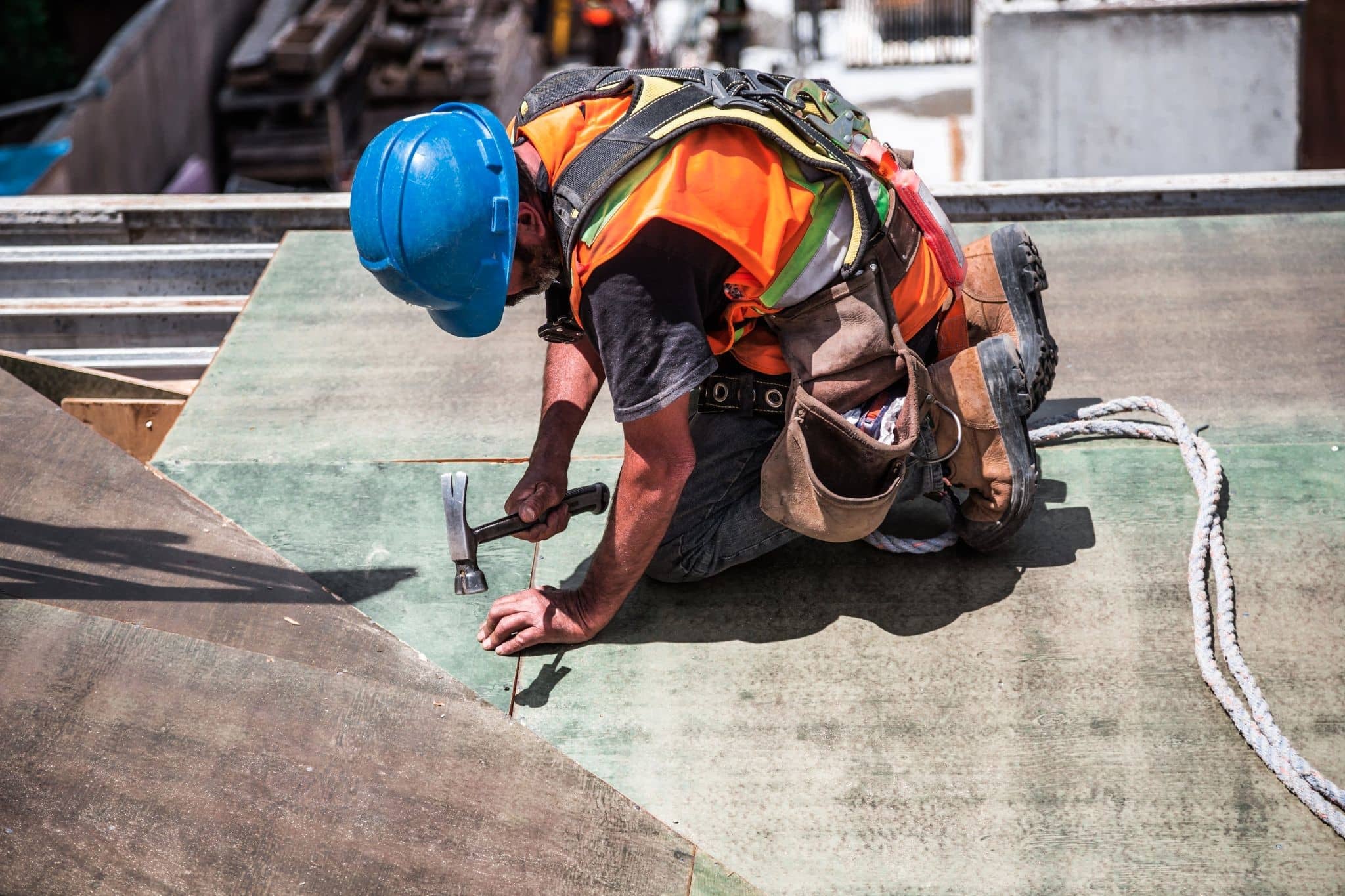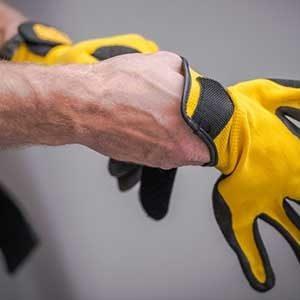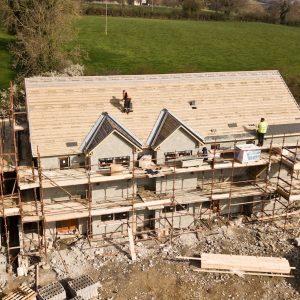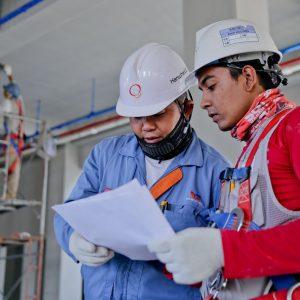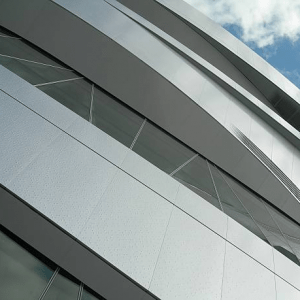Table of Contents
Construction workers are made to work in dangerous environments. With deep trenches, bare wires, and rubble being all around the place, it is very easy for workers to get into a serious accident. Without proper management, serious casualties like worker deaths, loss of limbs, unnecessary suffering, and even hefty law trials can ensue.
Therefore it is important that appropriate are taken to combat the risks. Are you a construction site supervisor or manager looking to make the work environment as safe as possible?
Major construction disasters and ways to avoid
Here are some general as well as disaster-specific methods you can use to protect you and your workers from common construction site accidents.
Asbestos exposure
Construction sites are not the most stable of environments. Workers may have to work at heights, dig underground or navigate through sites that emit dangerous substances. A common concern in many construction sites is the risk of asbestos exposure.
Asbestos is mostly found in older homes (the ones built before the 1980s) as well as some building materials. It is important that asbestos is handled correctly. Otherwise, its fibers may be inhaled, which could give rise to several health problems.
On the occasion that you discover asbestos on the construction site, it is wise to contact experts. You can look for experts in your area online. For example, if you need the service in Brisbane, search “asbestos removal Brisbane.” This is a cost-effective service that can safely handle and dispose of asbestos for you.
You can trust these workers as they have received years of training in asbestos handling from specialists. Also, the professionals at this company are required to strictly follow the federal and state laws of the country; therefore, you don’t have to worry about any legal repercussions either.
Moreover, regardless of what the internet says, do not try to handle asbestos on your own as this is extremely dangerous and can even lead your company to legal trouble once caught.
Safety & training
Whether it be working at heights or working with equipment, all workers must be provided with appropriate training and safety wear. Each employee must be provided with long-term training before starting the job, and they should be made aware of all the equipment controls as well.
This includes guidelines on how to work around ladders, machines, and rooftops. By making workers aware of the operations, it is less likely for them to encounter accidents. Eco Online offers online safety training that is fully customizable to fit your industry.
Additionally, employers must also ensure that safety wear is to be provided to all workers at all times. This includes basic materials like goggles, hearing protection, boots, and a hardcover hat. Special wear should also be provided for specific tasks. For example, gloves should be provided for using a drill.
Not only should gear be distributed, but supervisors must also conduct strict checks to make sure that all workers are wearing the correct gear at all times. Also, after making sure all workers have safety gear, employers must make construction safety training a top priority to prevent accidents and injuries on the job.
It is also important that the gear is of good quality and is not too old for use; otherwise, that could pose a threat as well.
Inspection and meetings
A regular inspection of the construction site should be carried out to ensure that there are no dangers or hazards that stand in the way. Supervisors must be on the round of the site and check to see if any changes need to be made.
This includes noting any kind of equipment faults, covering any naked cables, filling up deep ditches, burnt lights, etc. After being noted, these concerns should be looked into immediately.
As for meetings, team leaders must organize the employees at specified times to talk about any kind of issues on the job site. Based on the recommendations of the workers, newer strategies can be implemented to lessen the risk of construction site accidents. This can be anything like increasing break times or updating safety protocols. Meetings must be arranged at least once every month.
Eliminating noise
A common problem faced by construction workers is noise pollution. While this may not seem like a significant issue, repeated exposure to excessive noise can give rise to a myriad of hearing complications. Workers can either partially or completely lose their hearing.
Unfortunately, hearing disorders are gradual, and it may be too late before you realize you have a problem. Therefore, action should be taken beforehand to eliminate potential risks.
A way to combat the effects of this is to limit exposure to loud equipment. Scientifically speaking, an 8-hour exposure to any noise above 85 dBA can damage your hearing. Unfortunately, most construction equipment is well above that range.
Hence a good solution to consider is arranging regular employee shifts so that each worker has a limited time working with noisy equipment. Another thing employers must do is carry out regular noise assessments. Based on that, measures like using sound barriers or using quieter equipment should be inculcated.
Managing slips and trips
When in a site full of uncompleted buildings and tools, falling over is a guaranteed risk. At construction sites, several thousand workers every year are injured following a trip. It may be surprising to know that most of these accidents occur at ground level.
When workers walk across uneven surfaces, wet surfaces, or trailing cables, it carries a fall risk and can result in serious complications like bone fractures, knee strains, and muscle tears.
It is important that these hazards are taken care of duly. Some common methods supervisors can implement are:
- Providing walkways: This can help keep workers safe from any kind of work vehicle, cables, or trenches. Walkways should be well lit and designated for worker use only.
- Add lighting: Specially for night-based work, it is highly important that quality lighting is provided. This can make it easier for workers to see any kind of obstacles or waste, thus minimizing the risk of falls.
- Keeping areas neat and tidy: In case there’s any form of grease or water spills, they should be cleaned up immediately. Any kind of trailing wires or obstacles should be stored away after use.
Final words
Some key steps that can be implemented for construction safety are arranging regular safety meetings, giving safety training, eliminating noise and fall hazards. Using the steps addressed in the guideline, you can also ensure a safe environment for you and your workers.

